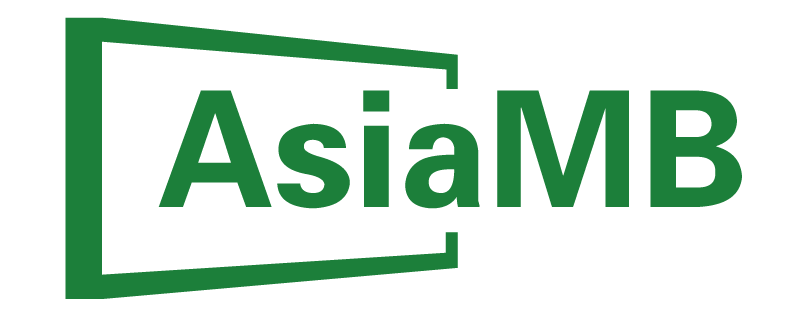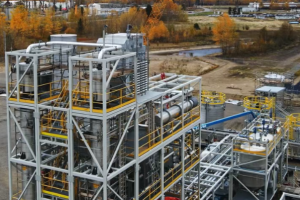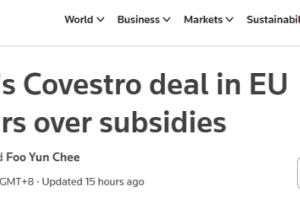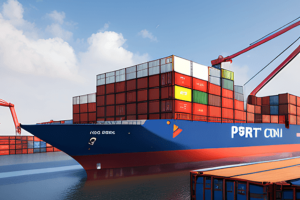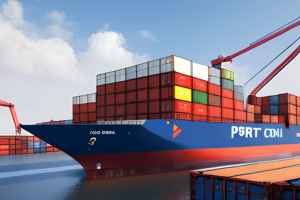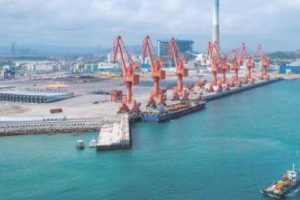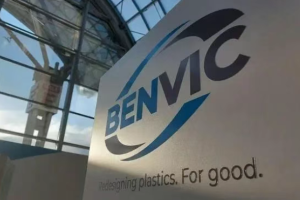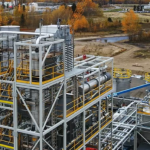June 25, 2025 –
Revolutionary Coloring Technologies Reshape Plastic Manufacturing Landscape
AsiaMB Exclusive: The plastics coloring sector is undergoing a transformative phase as innovative technologies address longstanding challenges in efficiency, durability, and environmental compliance. Modern coloring solutions are redefining quality standards across the polymer industry.
Next-Generation Dispersion Systems Set New Benchmarks
The industry’s shift toward advanced dispersion methods marks a significant departure from conventional practices. Pre-dispersed color masterbatch technology has emerged as the gold standard for premium applications, offering unparalleled color consistency while eliminating workplace dust hazards. In precision molding applications, liquid coloring systems now deliver unprecedented ±0.5% color deviation accuracy, boosting production yields by up to 15%.
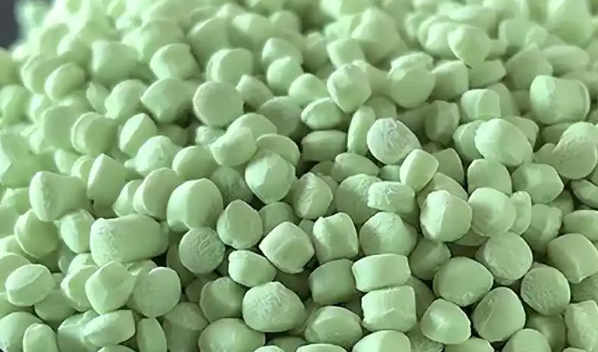
AsiaMB industry analysts highlight groundbreaking developments in inline coloring systems. These smart solutions integrate real-time dosing controls with extrusion equipment, enabling rapid color changes with 66% less material waste compared to traditional methods. The technology proves particularly valuable for manufacturers handling complex, small-batch customized orders.
Advanced Stabilization Solutions Combat Weathering Effects
New research reveals that innovative stabilization packages can multiply the outdoor service life of colored plastics. Hybrid systems combining UV absorbers with hindered amine light stabilizers (HALS) demonstrate 3-5 times better performance than conventional options. Nanoscale inorganic additives like titanium dioxide and zinc oxide are gaining traction, with test results showing ΔE values below 1.5 after extensive UV exposure – a game-changer for outdoor applications.
Eco-Conscious Formulations Respond to Regulatory Shifts
The global regulatory landscape is accelerating innovation in sustainable coloring solutions. In response to REACH amendments restricting 21 hazardous colorants, manufacturers are rapidly adopting encapsulated organic pigments and bio-based dyes. These next-generation solutions already meet stringent food-contact safety standards while delivering superior performance.
Automotive applications demand particularly rigorous specifications, with new low-migration colorants achieving remarkable results below 0.01mg/cm² – comfortably exceeding VDA270 requirements. These advancements are unlocking new possibilities in sensitive applications from medical devices to children’s products, according to AsiaMB’s latest market analysis.
